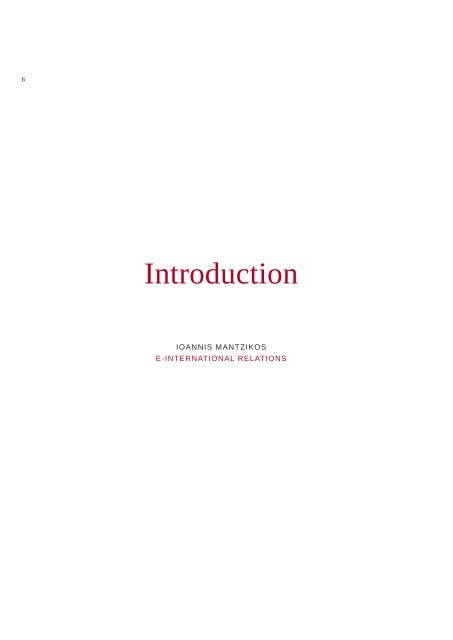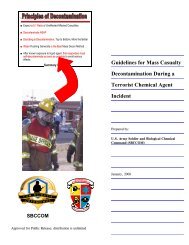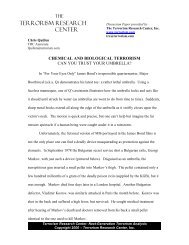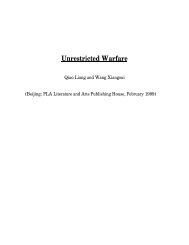Boko Haram Anatomy of a Crisis - Terrorism
Boko Haram Anatomy of a Crisis - Terrorism
Boko Haram Anatomy of a Crisis - Terrorism
You also want an ePaper? Increase the reach of your titles
YUMPU automatically turns print PDFs into web optimized ePapers that Google loves.
Introduction<br />
6<br />
Introduction<br />
During recent years the phenomenon <strong>of</strong> <strong>Boko</strong> <strong>Haram</strong> has dominated<br />
policy debates among academics and policymakers interested in<br />
Nigerian and African politics. Yet, many issues about the sect remain<br />
unclear and contested. The exact reasons triggering radicalization,<br />
the methods <strong>of</strong> recruitment, the pr<strong>of</strong>iles <strong>of</strong> its members, its affiliation<br />
with other regional terrorist powerhouses such as Al-Qaeda in the<br />
Islamic Maghreb, Ansar Dine in Mali or Al-Shabaab in Somalia, are<br />
all within the scope <strong>of</strong> discussion. Academics working on state<br />
theories and post-colonial studies understand the group as a<br />
symptom <strong>of</strong> Nigeria’s failing state. Sociologists and several social<br />
anthropologists attribute it to poverty. Southern Nigerian politicians<br />
and lobbyists blame Northerners’ domination <strong>of</strong> the state. Counterterrorism<br />
and security experts focus on the international linkages <strong>of</strong><br />
the group and the threat that poses to the stability <strong>of</strong> Western Africa.<br />
By examining these debates, this collection is essential reading for<br />
those interested in Nigeria, and the broader issues <strong>of</strong> state building,<br />
terrorism, humanitarian emergencies, conflict resolution and<br />
intrastate violence.<br />
7<br />
IOANNIS MANTZIKOS<br />
E-INTERNATIONAL RELATIONS<br />
One <strong>of</strong> the few Nigerian analysts who has written extensively on<br />
<strong>Boko</strong> <strong>Haram</strong>, Jide<strong>of</strong>or Adibe, contributes the first article in the<br />
collection. He states that <strong>Boko</strong> <strong>Haram</strong> and similar groups represent a<br />
retreat from the Nigeria project, with the State increasingly unable to<br />
fulfill its part <strong>of</strong> the social contract. Secondly, Freedom Onuoha<br />
explores <strong>Boko</strong> <strong>Haram</strong> attacks on the telecommunication<br />
infrastructure in Nigeria. His piece draws from the Taliban case in<br />
Afghanistan to demonstrate that emerging jihadist groups tend to<br />
copy tactics or strategies adopted by other terrorist groups.<br />
In the third article Hussein Solomon argues that the simplistic and<br />
narrow counter-terrorism lens ignores the historical context in which<br />
religious identities are being shaped and re-shaped in Nigeria. That<br />
view also appears to gloss over the fact that regional, ethnic and<br />
religious identities <strong>of</strong>ten reinforce each other. And, that the socioeconomic<br />
context in Nigeria has exacerbated the economic<br />
imbalance between relatively rich South and relatively poor North.<br />
<strong>Boko</strong> <strong>Haram</strong> does not merely dominate security and counter<br />
terrorism discussions among Africanists. It has also attracted<br />
attention for its alleged involvement in the “new” cyber-warfare<br />
discourse. Denise Baken sheds light on this by using <strong>Boko</strong> <strong>Haram</strong> as<br />
an example and suggests an alternate approach that leverages the<br />
chaotic political situation and burgeoning supply <strong>of</strong> talented cyber







